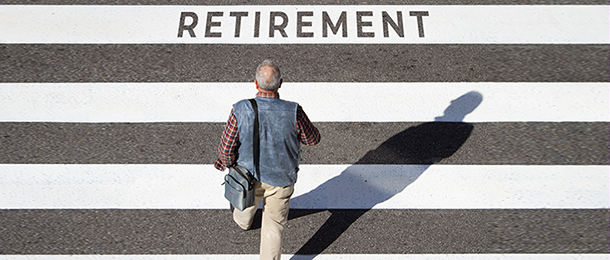The increase in the superannuation guarantee (SG) from the start of the next financial year will mean a median wage earner will have more than enough saved for a comfortable retirement, according to the Association of Superannuation Funds of Australia (ASFA).
The superannuation industry peak body stated with the increase of the SG to 12 per cent, a 30-year-old with a super balance of $30,000 who earned a median wage of $75,000 until retiring at age 67 would accumulate $610,000 in super, exceeding the $595,000 ASFA states is needed for a comfortable retirement for a single person who owns their own home.
ASFA chief executive Mary Delahunty said the increase of the SG from 11.5 per cent to 12 per cent was a major milestone in Australia’s retirement system and comes 33 years after the mandatory contribution of 3 per cent was first introduced.
Delahunty noted the increase will see an additional $20,000 added to the super savings of a 30-year-old median wage earner and reflected the long-term purpose of superannuation.
“With the super guarantee increase to 12 per cent, we are seeing super fulfill its objective of providing a dignified retirement for ordinary Australians, with today’s 30 year olds reaping the rewards of decades of progress in our world-class super system,” she said.
“With the 12 per cent super guarantee coming in, we can now say that the system foundations are cemented for young working people to have a comfortable retirement. It’s a moment all Australians should be proud of.”
ASFA also noted the cost of a comfortable retirement rose by 1.6 per cent in the year to the end of the March quarter and was lower than the 2.4 per cent increase in the overall Consumer Price Index.
As such, most will need $73,875 annually for a comfortable retirement, while the majority of singles will require $52,283 annually for a comfortable retirement, and while inflationary pressure has decreased, the cost of food, energy and healthcare has continued to rise.
ASFA added with more Australians renting, its retirement standard now includes budget costs for retirees living at the modest level in private rentals, and a single renter aged around 65 would need $46,663 annually and a couple would need $64,259 to retire at a modest level.
Additionally, the lump sums required at retirement would be $340,000 for a single person and $385,000 for a couple, which are above what is provided by the full age pension and highlight the key role superannuation plays for retirees who rent.
“[These figures] illustrate how super can be the difference between hardship and stability later in life, especially for renters, which is why we need to keep it safe for retirement,” Delahunty added.




